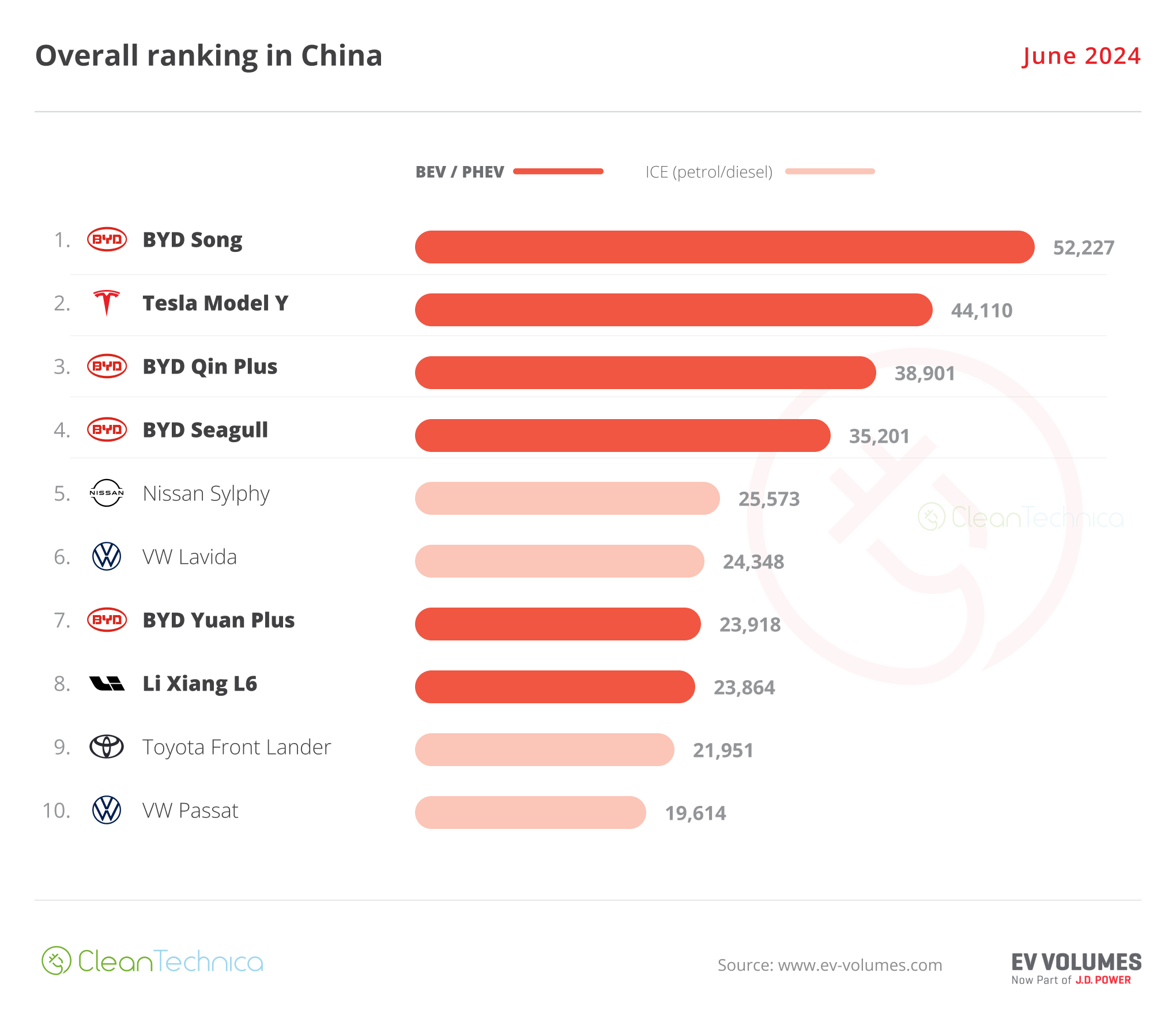Earlier this year, IM Editorial Director Paul Moore had the chance to visit the Remote Monitoring Center for Gold Fields’ Salares Norte gold mine in Chile with Reynaldo Martinez, Asset Management and Operational Performance Manager. The centre is in downtown Santiago, some 1,500 km from the mine and plant.
The first gold was successfully produced on March 28 this year – with an ultimate planned LOM production rate averaging 350,000 oz/y. However, in June 2024, Gold Fields announced that early onset of severe winter weather conditions had impacted the ongoing ramp-up at Salares Norte leading to freezing of material in the process plant pipes and causing temporary shutdown of the plant. Over the past few months, the company has been working on progressing all activities required for the plant restart, including thawing of frozen material, and unblocking of plant piping.
Reynaldo Martinez, Asset Management and Operational Performance Manager, Gold Fields (left) and Paul Moore, Editorial Director, International Mining (right) at the Salares Norte Remote Monitoring Center in Santiago

Salares Norte continued to experience low temperatures which has slowed down progress on these activities. Gold Fields says it is currently focused on setting up the plant for a safe and sustainable restart and ramp up. It expects to complete all adverse weather mitigation activities (including heat tracing installation) by the first quarter of 2025. This should ensure safe and continuous operations through winter conditions, in line with the design criteria of the plant. The plant is scheduled to restart by 30 September 2024 and deliver production of 40,000-50,000 oz in 2024.
Full production will be based on a constant plant throughput rate of 2 Mt/y and peak total material movement of 44 Mt/y. The life of mine gold grade averages circa 4.9 g/t and silver circa 55.6 g/t. A fleet of 191 t class Caterpillar 785 trucks loaded by Komatsu PC5500 hydraulic excavators transport ore to a ROM stockpile and blending area. The fleet is operated by mining contractor Ingeniería Civil Vicente (ICV).
Wheel loaders then load smaller trucks which feed a primary jaw crusher which feeds a primary ore stockpile via conveyor followed by the grinding circuit with SAG and ball mills, then pre-leaching thickener, leaching, Counter Current Decantation, Merrill-Crowe, Carbon-in-Pulp, filtration and refining to dore bars; with tailings sent to a dry stack tailings storage facility. The mine already has enough high-grade ore stockpiled for 2.5 years of operation. Martinez said: “Having this ore buffer gives us a lot of flexibility during operations to carry out near mine exploration, look at expansion possibilities or even satellite deposits. This is very different to copper where the low-grade ore stockpile might only be enough for days or even hours.”
The Remote Monitoring Center is part of a downtown office complex in Las Condes, Santiago, which also functions as the main Gold Fields corporate office in Chile, with the senior management based there along with human resources, logistics, legal, external affairs, exploration, etc. Gold Fields also has an office in Lima, Peru, overseeing the Cerro Corona copper-gold mine there.
Back to Salares Norte – it is referred to as a Remote Monitoring Center as opposed to a Remote Operations Center as it currently performs a monitoring function – the mine and plant are not primarily operated from Santiago. Martinez: “We do have access to the same systems that they have on-site, and could take over some control if necessary, but currently this is not the main focus.” There are three monitoring stations for monitoring the mine (including the Wenco mine fleet management system), the processing plant, and the maintenance and energy station including monitoring of critical alarms etc.
ABB has been an important partner – providing the connectivity piece – having deployed its enterprise-grade digital platform ABB Ability™ Genix Industrial Analytics and AI Suite to give data insights to help increase industrial productivity and operational excellence, while reducing costs – this includes comprehensive and integrated electrification, automation and digitalisation solutions. “They have supplied the whole control infrastructure, including the digital and IT platforms for the processing plant, as well as the electrical rooms and 800xA automation systems plus maintenance monitoring.” Collectively these help contextualise and convert data through advanced analytics into meaningful information to unlock productivity improvements.
Salares Norte is a very remote mine – the nearest sizeable town to the project is Diego de Almagro, 180 km away. Being off grid it has to produce its own power on-site – using an Aggreko high-altitude performance diesel gensets capable of delivering 16 MW. Going forward there is also a solar power project under review that would feed energy to the Aggreko Solar Power units. The area is being prepared for its construction and it would be one of the highest solar farms in the world at about 4,500 masl – with the whole site located between 3,900 m and 4,700 m. The environmental permit has already been approved.
The comms set up for the mine has also been an interesting story. Martinez states: “An exciting journey for us has been the communications network used at the mine. Typically mines use communications towers, for example with LTE 4G, along with an optic fibre cable network. But we do not use optic fibre – the nearest fibre cable is 200 km away. Instead, two years ago, our team started testing a Starlink satcomms connection – today we have different satcomms access points at the mine, plant and camp – all of our communications work via Starlink – it has worked very well, with no interruption related to weather such as heavy snow plus is able to handle live HD video monitoring aross the site. Its level of stability was actually something of a surprise – five antennas in total were enough for the whole mining complex. We are also testing an alternative low earth orbit satelite system as a redundancy. Using low earth orbit satellite communications has proven to be fast and reliable. Our antennas in Santiago connect via the telecom service providers to the Cloud, meaning we have no need to use an external telecommunications provider.”
Santiago, Chile is also the host city for the 2025 Electric Mine conference, being held May 13-15 close to the Gold Fields offices at the Centro Parque event venue. See www.theelectricmine.com for regular updates on speakers and sponsors plus to register for the conference




